Most people think of places like California or Japan when they hear about earthquakes. But you might be surprised to learn that there are hidden earthquake hotspots all around the globe, some of which you might even live on. These aren’t the usual suspects, but places where tectonic plates still have plenty to say. If you live in one of these areas, it might be time to at least have a basic emergency plan. Let’s dive into some hidden earthquake zones you might want to keep an eye on.
1. Central Virginia, USA
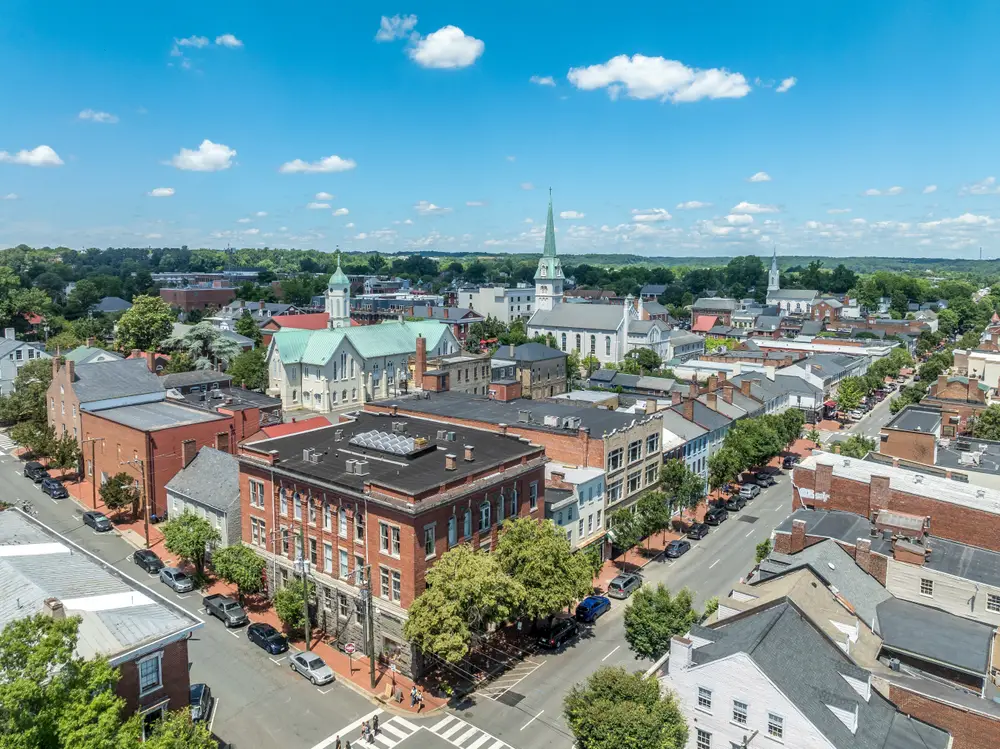
Central Virginia might not be famous for earthquakes, but it’s sitting on a fault line that’s still active. In 2011, a 5.8 magnitude quake shook the region, surprising many residents. According to the U.S. Geological Survey, this area is part of the Central Virginia Seismic Zone, which is known for its rare but impactful shakes. You might not feel minor tremors, but that doesn’t mean they aren’t happening. If you call Virginia home, it’s worth knowing what to do in case of a larger event.
The quiet nature of Virginia’s landscape gives a false sense of security about seismic activity. Many buildings aren’t constructed to withstand earthquakes, which could cause more damage than you’d expect. The region’s fault lines, though inactive for long periods, are not extinct. They can wake up just like they did over a decade ago. Long story short, Virginia is a shaking reminder that earthquakes can hit even where you least expect them.
2. New Madrid, Missouri, USA

New Madrid, Missouri, sits on one of the most active seismic zones east of the Rocky Mountains. Known as the New Madrid Seismic Zone, it once experienced the most violent earthquakes in U.S. history back in the early 1800s. The ground shook so much back then that the Mississippi River ran backward for a short time. Today, the area remains a risk, with minor quakes reminding residents of the lurking potential. If you live nearby, knowing the history can help you prepare for the unexpected.
The New Madrid Seismic Zone is a hot topic among scientists and emergency planners. Unlike the more famous fault lines, this one moves horizontally, which can cause widespread damage. Many buildings and infrastructures here aren’t designed for seismic activity, posing extra risks. Despite its quiet reputation, experts believe it’s not a matter of if, but when a significant quake will strike again. So, if you find yourself near New Madrid, a little preparedness can go a long way.
3. Charleston, South Carolina, USA
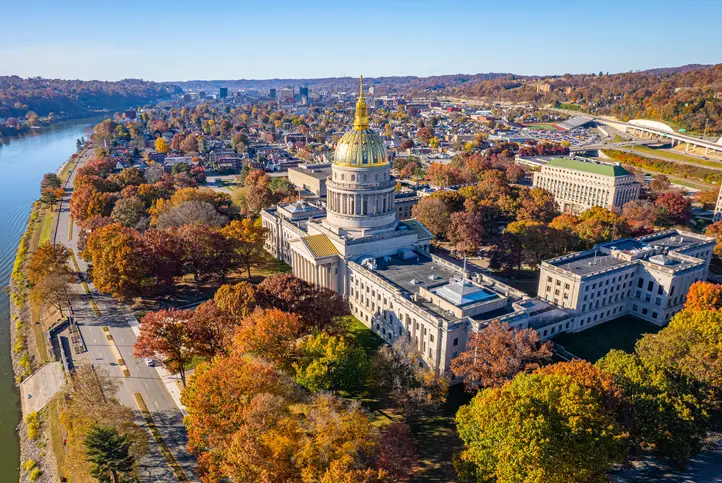
Charleston, South Carolina, might charm with its historic streets and coastal vibe, but it’s also a hidden earthquake destination. Back in 1886, the city suffered a massive quake, estimated at a magnitude of 7.0, which caused extensive damage. Geologist Susan Hough of the U.S. Geological Survey notes that Charleston sits on the edge of the Eastern Tennessee Seismic Zone, making it susceptible to future events. While modern buildings are constructed with some awareness, the older structures could be at risk. If you live or work in Charleston, it’s worth considering simple safety measures.
The earthquake risk in Charleston is not as well publicized as its hurricane potential, but it’s very real. The depth of the fault lines means quakes can cause significant shaking over a wide area. Charleston’s historical architecture, while beautiful, wasn’t built with earthquakes in mind, adding to the potential damage. Recent studies show that the underlying seismic zone is more active than most people think. This makes Charleston a sleeper city in terms of seismic activity, one worth watching closely.
4. Oklahoma, USA

Oklahoma might be better known for tornadoes, but it’s also a hotbed for earthquakes. This surge in seismic activity over the past decade has been linked to human activities, specifically wastewater injection from oil and gas operations. The state’s small quakes have multiplied, making it one of the most seismically active states in the U.S. If you live in Oklahoma, you’ve probably felt the ground shake more than once these past few years. While most quakes are minor, the risk of a larger one can’t be ignored.
The increased earthquake activity in Oklahoma has sparked a lot of discussions and some concern. Many residents have noticed cracking walls and shifting foundations, a testament to frequent quakes. The Oklahoma Geological Survey indicates that this uptick is significant compared to the historical seismic record. Even if a quake doesn’t cause immediate damage, the cumulative effect can be costly. So, if you’re an Oklahoman, it’s wise to keep an earthquake preparedness kit handy.
5. Hawaii, USA
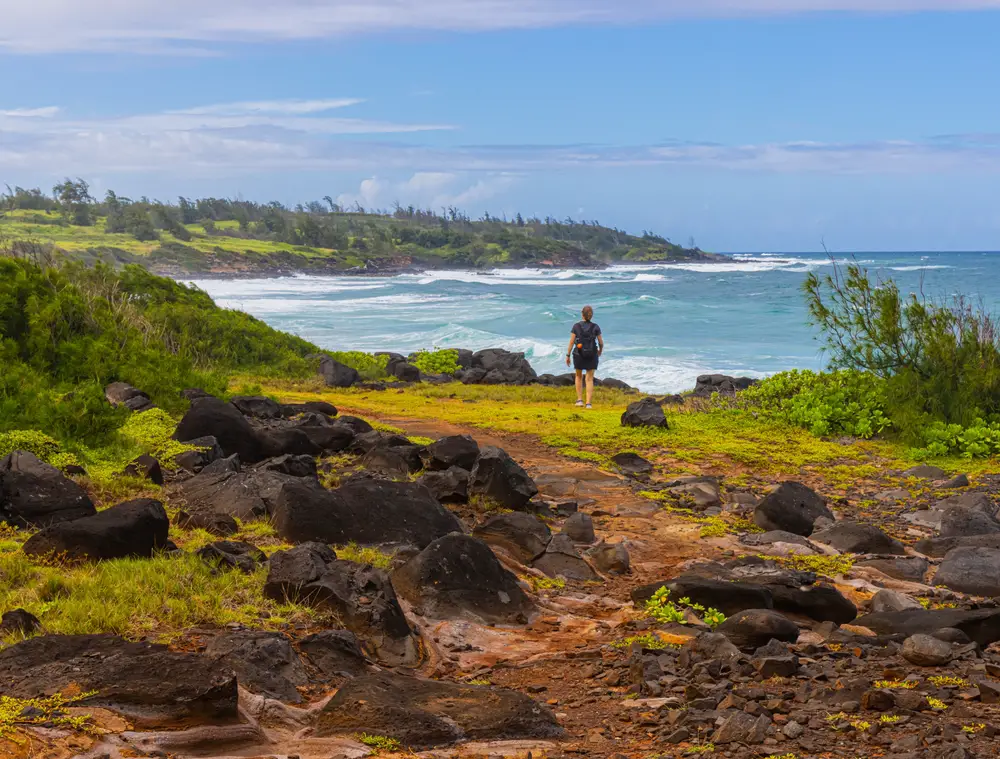
Hawaii is known for its volcanoes, but it also experiences significant earthquake activity. The Big Island, in particular, is a seismic hotspot due to its volcanic activity. According to volcanologist Dr. George Walker, the movement of magma beneath the island can cause the ground to shake. Residents often feel tremors, a frequent reminder of the island’s dynamic geology. While Hawaii’s beautiful landscapes are captivating, living there means being ready for both eruptions and earthquakes.
The unique geology of Hawaii makes it susceptible to frequent, albeit mostly small, earthquakes. Fault lines along the islands are constantly shifting, which can trigger larger events. Most structures are built to withstand these, but the risk remains. Emergency services on the islands are well-prepared, but personal readiness is also important. If you live in or visit Hawaii, understanding the signs of seismic activity can be crucial for safety.
6. Seattle, Washington, USA
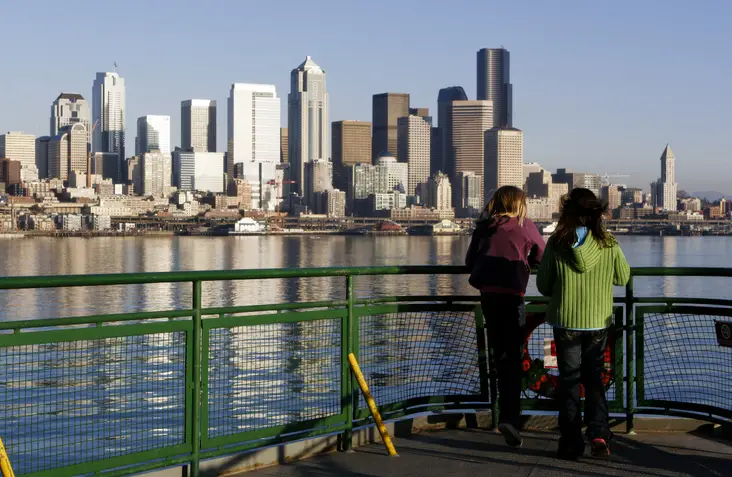
Seattle is famed for its coffee culture and tech scene, but it’s also on shaky ground. The city sits on the Cascadia Subduction Zone, a known yet understated earthquake threat. This fault line runs from Vancouver Island down to Northern California and has the potential for a massive quake. Seattle’s iconic skyline and many of its buildings are at risk if the big one were to hit. Residents of Seattle might enjoy the rain, but the risk of an earthquake is a different story.
Geologists often remind Seattleites of the area’s seismic history and potential for future quakes. The city is investing in retrofitting older buildings, a testament to the seriousness of the threat. While not all buildings are at risk, unreinforced masonry structures could suffer the most. Preparedness initiatives in the community aim to educate residents about what to do when the ground starts shaking. If you’re in Seattle, it’s wise to have a plan in place.
7. Puerto Rico
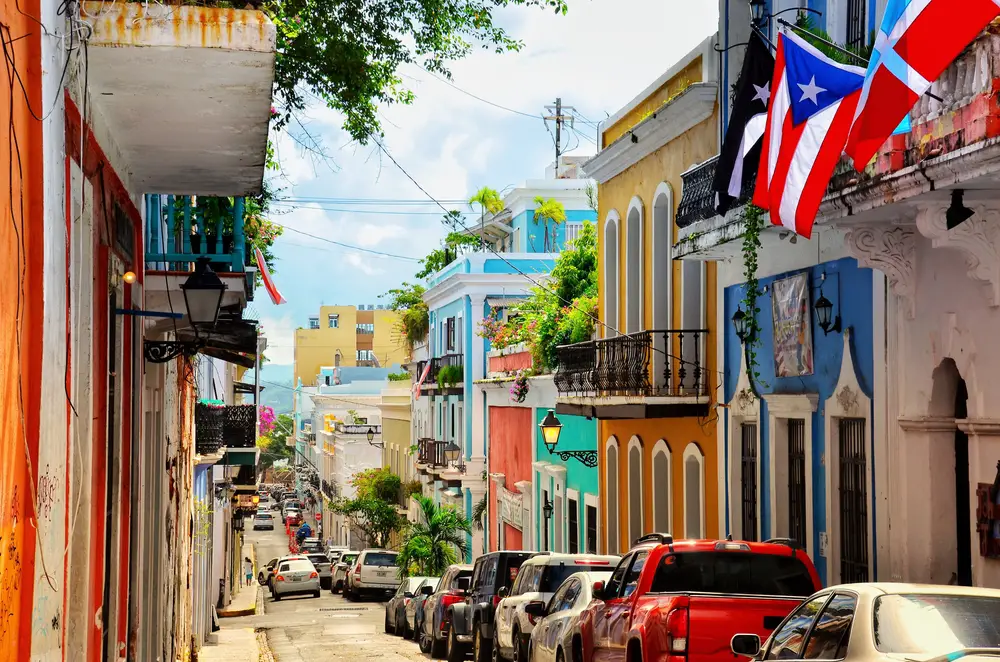
Puerto Rico might be a tropical paradise, but it’s also a seismic hotspot. The island sits at the boundary between the North American and Caribbean tectonic plates, a location prone to frequent quakes. A study co-authored by geophysicist Elizabeth Vanacore highlights that the region experiences hundreds of small earthquakes annually, with the potential for much larger events. Residents often feel the smaller tremors, a constant reminder of the geological volatility. If you live or vacation in Puerto Rico, knowing your earthquake safety basics is crucial.
While Puerto Rico’s infrastructure is built to withstand hurricanes, earthquakes present a different challenge. The island’s history of seismic events includes some that have caused significant damage. Even minor quakes can disrupt daily life, affecting power and water supply. Preparedness campaigns focus on educating the population about seismic risks, but personal readiness is equally important. Whether you’re a local or a visitor, being aware of your surroundings and having an action plan can make a big difference.
8. Istanbul, Turkey

Istanbul is a city that straddles two continents, but it’s also perched on the edge of a major fault line. The North Anatolian Fault runs just south of the city, making it one of the highest earthquake risk areas in the world. Historical records show that Istanbul has been hit by several devastating earthquakes throughout its history. Modern-day Istanbul is a bustling metropolis, and the potential impact of a major quake is a significant concern. Residents and officials alike are keenly aware of the risks, leading to ongoing efforts to improve building resilience.
The seismic activity near Istanbul is a constant reminder of the city’s vulnerability. Many buildings here are not designed to withstand a major earthquake, posing a risk to the city’s millions of residents. Despite efforts to retrofit and reinforce structures, the risk remains significant. Local authorities have made earthquake preparedness a priority, offering resources and information to help residents stay safe. If you live in or visit Istanbul, understanding these risks and preparing accordingly is essential.
9. Manila, Philippines
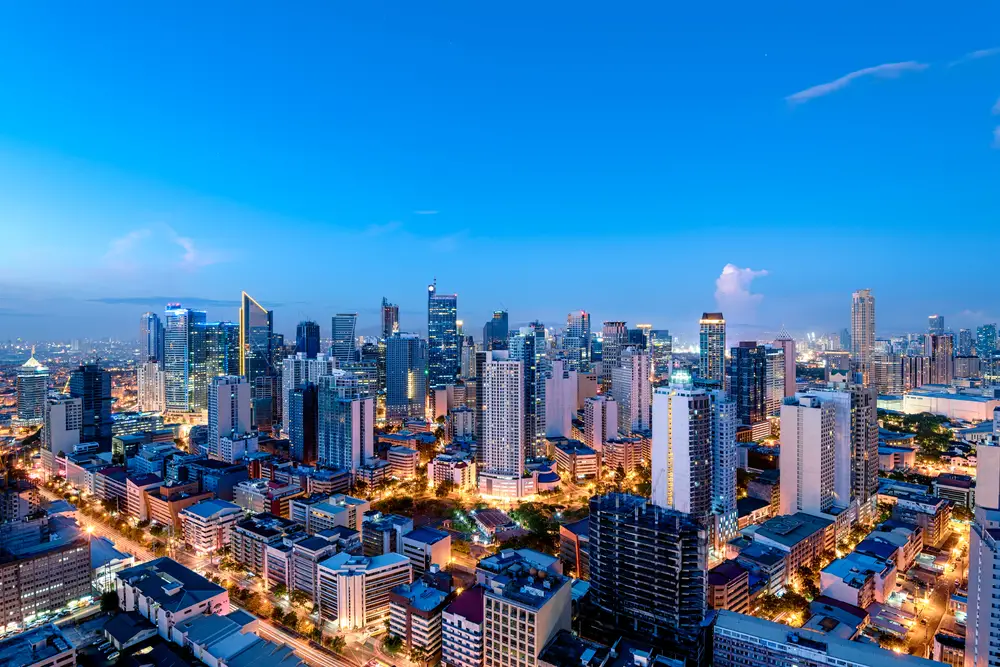
Manila, with its vibrant culture and busy streets, lies on the Pacific Ring of Fire, a hotbed for seismic activity. The city is near several active fault lines, including the West Valley Fault, which has the potential to produce a significant quake. Historical records show that Manila has experienced its share of destructive earthquakes. The dense population and urban development make the impact of potential quakes a serious concern. For those living in Manila, earthquake preparedness is not just advisable; it’s a necessity.
The potential for a major earthquake in Manila is a topic of frequent discussion among experts and city planners. Many of the city’s buildings, especially older ones, aren’t designed to withstand strong seismic activity. The government has initiated programs to improve the resilience of infrastructure, but challenges remain. For residents, understanding the local risks and having a solid emergency plan can make a big difference. If you call Manila home, staying informed and prepared is your best defense against the unexpected.
10. Zagreb, Croatia

Zagreb might be known for its historic architecture and vibrant culture, but it’s also in an earthquake-prone area. The city experienced a significant quake in 2020, reminding residents of the seismic risks. Situated near the Adriatic-Ionian fault system, Zagreb is susceptible to quakes that could cause substantial damage. The blend of old and new buildings presents unique challenges in terms of earthquake safety. If you live in or visit Zagreb, understanding these risks is crucial for your safety.
Zagreb’s charming streets and historic buildings are part of its appeal but also its vulnerability. Many of these structures weren’t built with earthquake resilience in mind, posing a risk during significant seismic events. Recent quakes have prompted discussions about improving building standards and emergency preparedness. The local government has been active in educating the public about earthquake risks and safety measures. For those in Zagreb, staying informed and taking personal precautions can help mitigate the risks.
11. Tehran, Iran
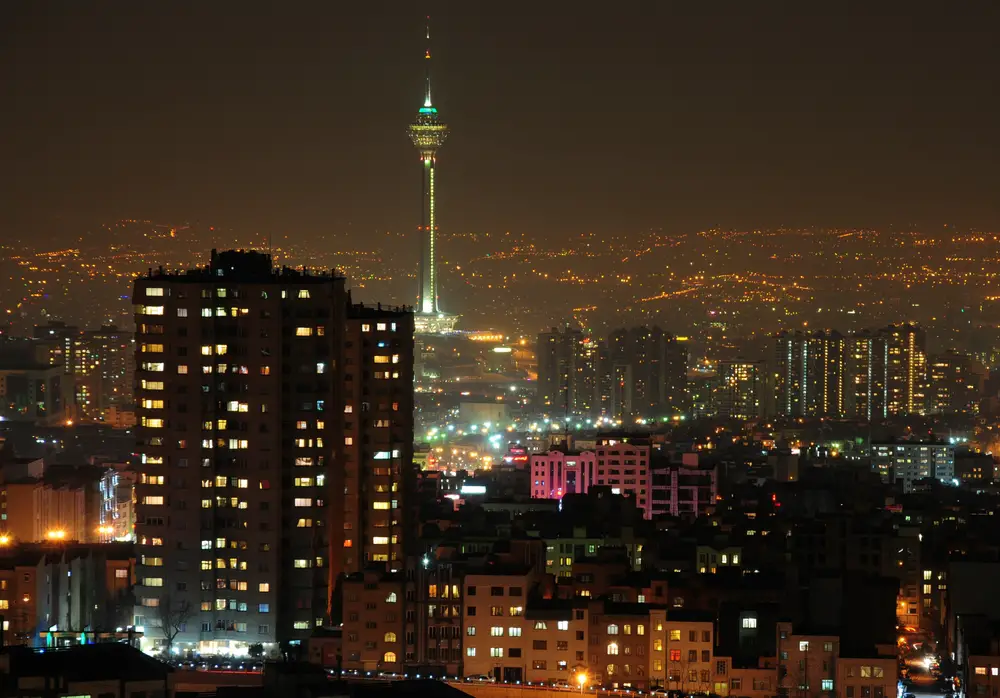
Tehran is a sprawling metropolis situated on multiple fault lines, making it one of the most seismically active capitals in the world. The city has experienced numerous earthquakes throughout its history, with the potential for devastating future events. The dense population and rapid urbanization pose significant challenges in terms of earthquake preparedness. Many of Tehran’s buildings are not designed to withstand major quakes, adding to the risk. If you live in Tehran, understanding these risks and being prepared is essential.
The seismic threat to Tehran is well-known, yet the city’s rapid growth has outpaced efforts to make buildings earthquake-resistant. Many residents live in older structures that could suffer extensive damage during a significant quake. The government has initiated efforts to improve emergency preparedness and build resilience, but challenges remain. For residents, having a personal emergency plan and understanding local resources can be life-saving. If you call Tehran home, staying informed and prepared is your best defense against seismic activity.
12. Yogyakarta, Indonesia
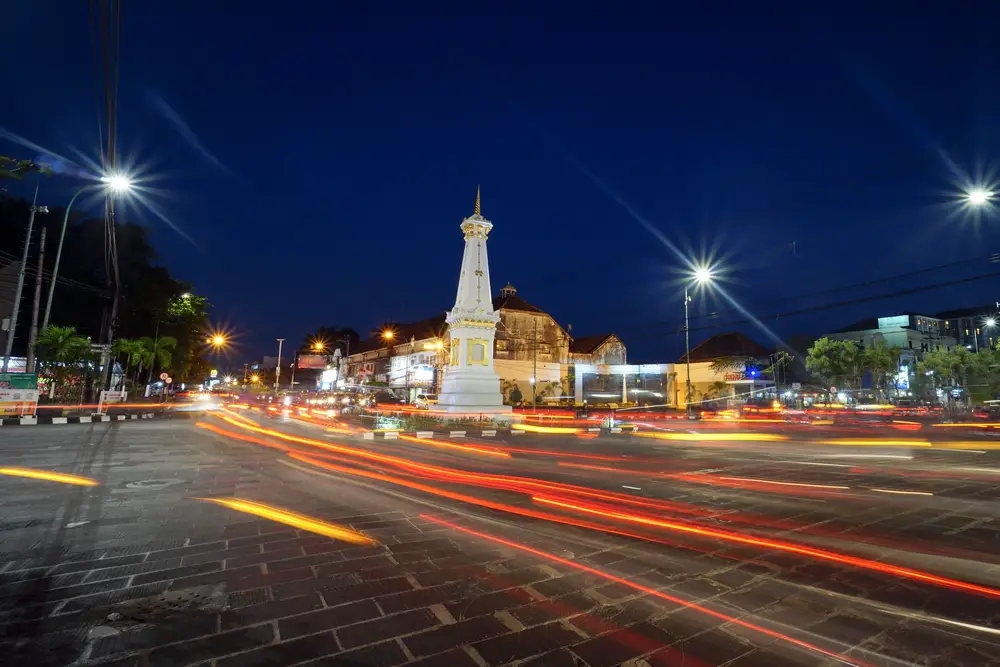
Yogyakarta, known for its cultural heritage and active volcanoes, is also in an earthquake-prone region. The city sits near several active fault lines, making it susceptible to significant seismic events. In 2006, Yogyakarta was hit by a devastating earthquake that caused extensive damage and loss of life. The threat of future quakes is a constant concern for residents and officials alike. If you live in or visit Yogyakarta, understanding the risks and being prepared can help ensure your safety.
Yogyakarta’s unique geology makes it a hotspot for earthquakes as well as volcanic activity. Many of the city’s buildings, particularly historic ones, are vulnerable to seismic events. Efforts to improve building resilience and emergency preparedness are ongoing, but challenges remain. Residents are encouraged to stay informed and take personal precautions to mitigate risks. For those in Yogyakarta, understanding the local geology and having a solid emergency plan is crucial for safety.
13. Wellington, New Zealand
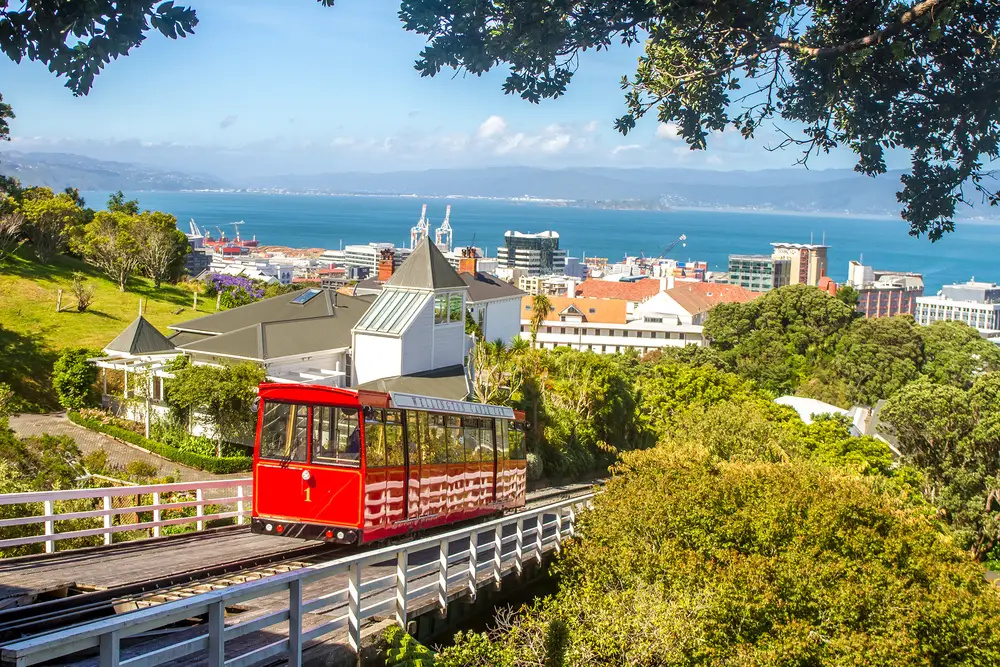
Wellington, New Zealand’s capital, sits on the Pacific Ring of Fire, making it a hotspot for seismic activity. The city is near several major fault lines, including the Wellington Fault, which has the potential to cause a significant quake. Wellington has experienced numerous quakes throughout its history, with the potential for future events always present. The city’s hilly terrain and dense population add to the challenges of earthquake preparedness. If you live in Wellington, understanding the risks and being prepared is essential for safety.
The seismic threat to Wellington is well-known, and city planners have made earthquake resilience a priority. Many of the city’s buildings are designed to withstand seismic activity, but challenges remain. Ongoing efforts to improve infrastructure and educate the public about earthquake preparedness are crucial for minimizing risks. For residents, having a personal emergency plan and understanding local resources can make a big difference. If you call Wellington home, staying informed and prepared is your best defense against seismic activity.
14. Kathmandu, Nepal
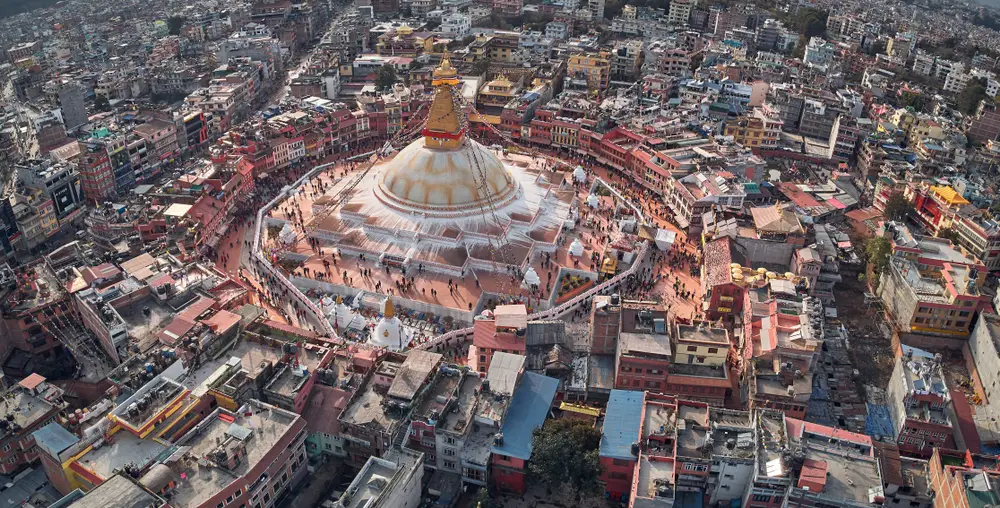
Kathmandu, nestled in the Himalayas, is no stranger to seismic activity. The city sits on a major fault line, making it prone to earthquakes. In 2015, Kathmandu was hit by a massive quake that caused widespread devastation and loss of life. The city’s dense population and historic architecture present unique challenges in terms of earthquake preparedness. If you live in or visit Kathmandu, understanding the risks and being prepared is crucial for your safety.
Kathmandu’s vulnerability to earthquakes is a constant concern for residents and officials alike. Many of the city’s buildings, particularly older ones, are not designed to withstand significant seismic events. Efforts to improve building resilience and emergency preparedness are ongoing, but challenges remain. For residents, staying informed and taking personal precautions can help mitigate risks. If you call Kathmandu home, understanding the local geology and having a solid emergency plan is essential for safety.
